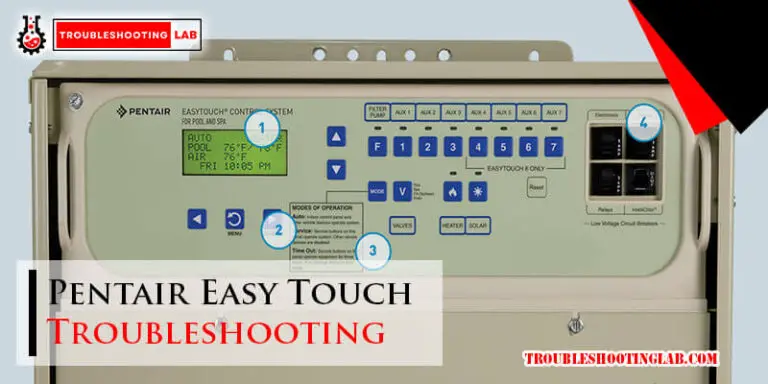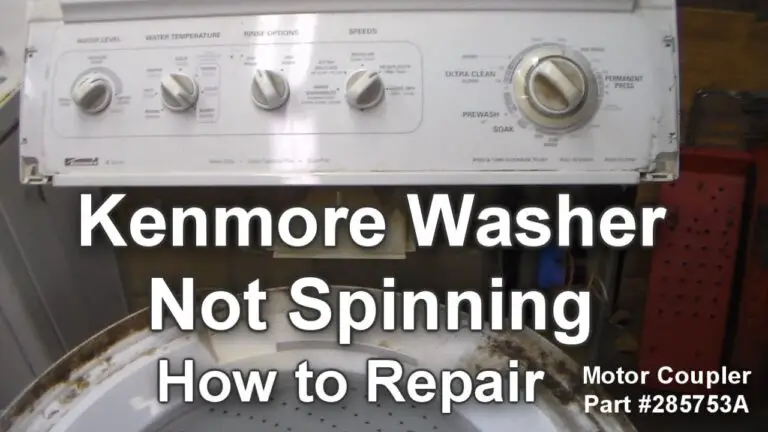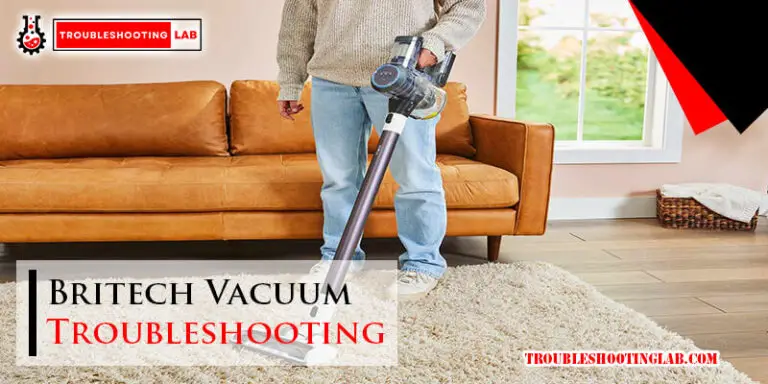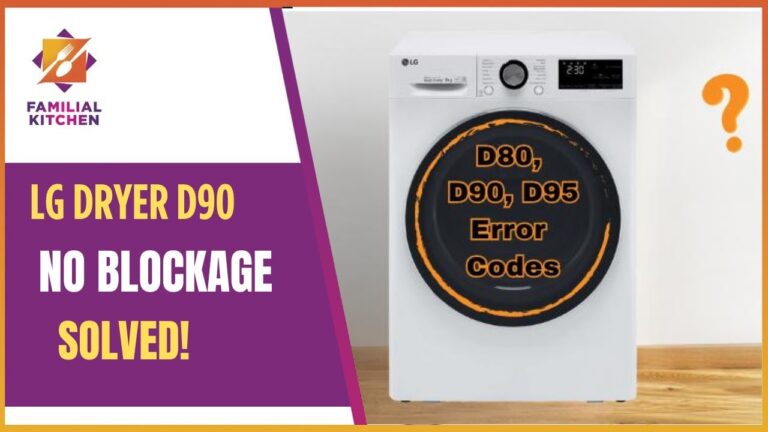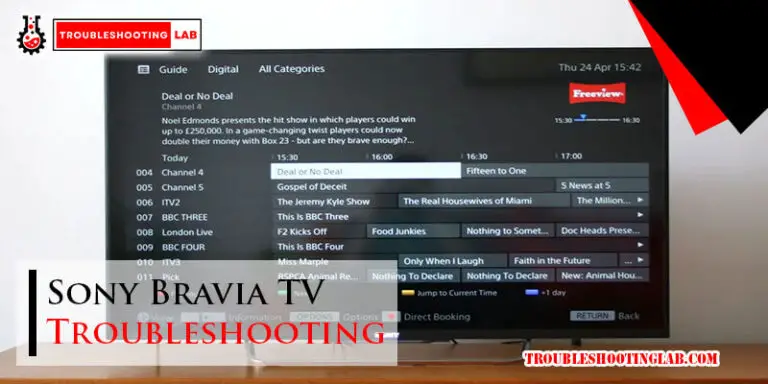Lennox Gas Fireplace Troubleshooting: Expert Solutions
Imagine settling down in your cozy living room, ready to relax and enjoy the warmth from your Lennox gas fireplace. But instead of a comforting glow, you’re faced with an unexpected issue.
Whether it’s a flickering flame or a stubborn pilot light, these moments can be frustrating. Don’t worry; you’re not alone, and there’s a solution waiting for you. In this guide, you’ll discover easy troubleshooting tips to get your Lennox gas fireplace back to its best.
By the end, you’ll feel confident tackling minor issues, knowing your fireplace is ready to provide warmth and ambiance whenever you need it. Let’s dive in and get your fireplace back on track!
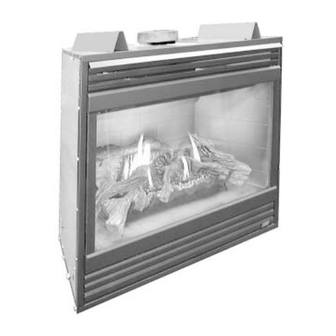
Credit: www.manualslib.com
Common Issues
Lennox gas fireplaces are popular for their efficiency. Yet, like any appliance, they can face issues. Identifying these problems early helps maintain comfort and safety. Let’s explore some frequent challenges you might encounter.
Pilot Light Problems
A common issue is the pilot light going out. This small flame ignites the main burner. If it’s out, the fireplace won’t light. Dirt or drafts can cause this problem. Regular cleaning or checking for drafts can help.
Ignition Failures
Sometimes, the fireplace won’t ignite. This could be due to faulty wiring or a defective igniter. Inspect the ignition system for wear. Ensure wires are secure and undamaged. Consult a professional if the issue persists.
Inconsistent Heat Output
Your fireplace might not heat evenly. Dirty burners or blocked vents could be the cause. Clean the burners and check for obstructions. Proper airflow ensures consistent warmth. Regular maintenance can prevent this issue.

Credit: www.fire-parts.com
Pilot Light Troubles
Your Lennox gas fireplace offers warmth and ambiance, but what happens when the pilot light causes trouble? It’s a common issue that can leave you frustrated and chilly. Understanding how to manage pilot light problems will keep your fireplace running smoothly. Let’s dive into some practical steps you can take to resolve these issues.
How To Relight
Relighting the pilot light can be a simple fix. Start by turning the gas control knob to the “off” position and wait a few minutes to let any excess gas clear. This step ensures safety and prepares the fireplace for ignition.
Then, turn the knob to “pilot” and press it while using a lighter or ignition button to light the pilot. Hold the knob in for 30 seconds to ensure the pilot stays lit. If it doesn’t, repeat the process. Patience is key here.
Checking Gas Supply
Sometimes, the pilot light won’t stay lit because of issues with the gas supply. Check if the gas valve is fully open. A partially closed valve can restrict gas flow, preventing proper ignition.
Verify that the gas line is free from obstructions or leaks. Listen for hissing sounds or smell for gas odors. If anything seems off, contact a professional immediately. Safety is your top priority when dealing with gas.
Thermocouple Concerns
The thermocouple is a safety device ensuring the pilot light stays lit by sensing heat. If the pilot light won’t stay on, the thermocouple may be faulty. Consider cleaning it gently with a wire brush to remove any soot or debris.
If cleaning doesn’t help, it may need replacement. A worn thermocouple can break the electrical connection necessary to keep the pilot light burning. Consult a technician if you’re unsure. Have you encountered a faulty thermocouple before?
Addressing pilot light troubles can be straightforward with a little patience and know-how. Have you ever had to troubleshoot your fireplace? Share your tips or questions below!
Ignition System Solutions
Solve common Lennox gas fireplace issues with effective ignition system solutions. Ensure safe operation and enjoy consistent warmth. Troubleshoot problems with ease using straightforward tips for a seamless experience.
Having trouble igniting your Lennox gas fireplace? You’re not alone. Ignition issues can turn cozy evenings into frustrating experiences. But don’t worry, there are practical solutions that can bring the warmth back into your living room. Let’s dive into some simple yet effective troubleshooting tips to get your fireplace’s ignition system back on track.Inspecting Igniter
The igniter is the spark behind the flame. Start by ensuring it’s in good condition. Look for any visible damage or wear. A faulty igniter can prevent your fireplace from lighting up. You might be surprised how often a loose connection or dirt can be the culprit. Tighten any loose wires and check for corrosion. Have you ever overlooked something so simple, yet it was the root cause of the problem? This might be one of those times. A quick inspection can save you a lot of hassle.Cleaning Ignition Components
Dust and debris can hinder ignition performance. Regular cleaning of the ignition components is essential. Use a soft brush or cloth to remove any buildup around the igniter and burner. Think about the last time you cleaned your fireplace. If it’s been a while, this could be your answer. A clean system is a happy system, and often, cleaning alone can solve ignition issues.Replacing Faulty Parts
Sometimes, parts wear out and need replacing. If your igniter or other components are damaged beyond repair, consider replacing them. Check your fireplace manual for compatible parts. Don’t wait for a cold night to find out your fireplace isn’t working. Invest in quality replacement parts and keep spares handy. It’s a small step that can prevent larger issues down the road. What’s stopping you from getting your Lennox fireplace back in working order? Take these actionable steps today, and enjoy a warm and comfortable home once again.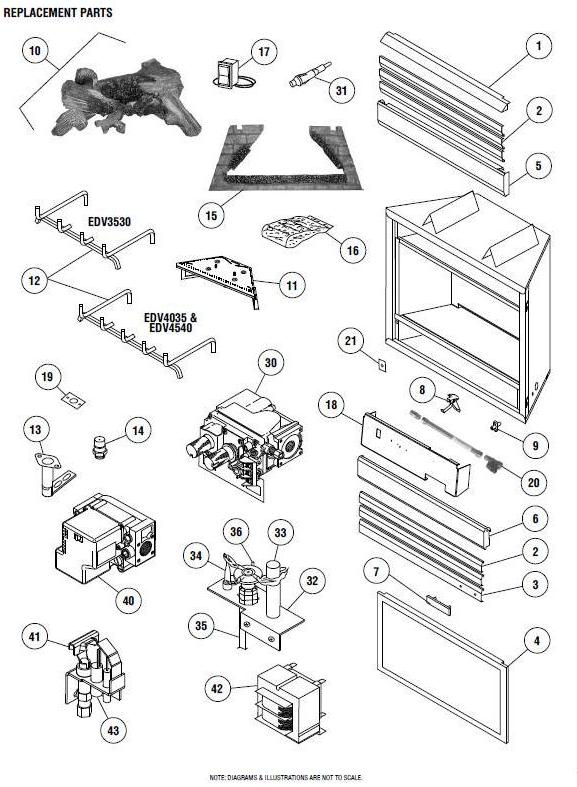
Credit: aplusinc.net
Heat Output Optimization
Optimizing the heat output of your Lennox gas fireplace can improve comfort and efficiency. Proper adjustments ensure that your fireplace warms the room effectively. Simple tweaks can make a significant difference in performance.
Adjusting The Thermostat
The thermostat controls the temperature of your fireplace. Ensure the thermostat setting matches your desired room temperature. A higher setting will produce more heat. Test different settings to find the perfect balance for your space. Check if the thermostat functions correctly by observing the room’s temperature changes.
Ensuring Proper Ventilation
Ventilation affects the heat output of your fireplace. Ensure vents are clear of obstructions. Blocked vents can reduce heat efficiency. Clean the air vents regularly to maintain proper airflow. Poor ventilation can also lead to safety concerns. Verify that the chimney and flue are free from debris.
Maintaining Burner Efficiency
Burners play a crucial role in heat production. Dirt and dust can clog burners, reducing efficiency. Regular cleaning keeps burners in top condition. Inspect the burners for any signs of wear or damage. Replace any faulty components promptly to ensure consistent heat output.
Addressing Unusual Noises
Strange sounds from a Lennox gas fireplace can indicate underlying issues. Rattling might suggest loose components. Persistent clicking could mean ignition problems. Identifying these noises early helps in troubleshooting and maintaining the fireplace’s efficiency and safety. Regular checks ensure a cozy and warm experience.
Experiencing unusual noises from your Lennox gas fireplace can be quite unsettling. These sounds might range from clinking, whistling to even rumbling, disrupting the cozy ambiance you expect. Addressing these noises promptly not only brings back tranquility but also ensures the longevity and safety of your fireplace. Let’s explore how you can effectively tackle these sounds.Identifying Source Of Noise
Begin by pinpointing where the noise originates. Is it coming from the burner, fan, or even the logs? Listen carefully and observe when the noise occurs. A clinking sound might emerge when the metal parts expand or contract. Fans could produce a whirring noise if they’re clogged with dust. Understanding the source helps in targeting the right solution. Have you noticed if the noise intensifies with temperature changes?Lubricating Moving Parts
Once you’ve identified the source, consider lubricating any moving parts. This is particularly effective if the noise comes from the fan. Use a high-temperature lubricant to ensure it doesn’t evaporate quickly. Apply it sparingly to avoid any buildup that might attract dust. This simple step can significantly reduce noise. Have you checked if the lubrication needs refreshing periodically?Tightening Loose Components
Loose parts can rattle and create unwanted noise. Inspect screws, bolts, and brackets within the fireplace. Tighten any loose components using a screwdriver or wrench. Ensure not to over-tighten, as this might cause damage. This can often be a quick fix to eliminate rattling noises. Could this be the solution to bring back your fireplace’s peaceful operation? Engage with your fireplace system, listen, and act. Addressing unusual noises effectively keeps your fireplace running smoothly and maintains that cozy home atmosphere you cherish.Safety Precautions
Your Lennox gas fireplace is a cozy retreat during chilly days, but ensuring its safe operation is crucial. Safety precautions not only protect your home but also give you peace of mind while enjoying the warmth. Let’s dive into key safety measures that you should never overlook.
Carbon Monoxide Monitoring
Carbon monoxide is a silent threat that lurks in the background. It’s colorless, odorless, and potentially deadly. Installing a carbon monoxide detector near your fireplace is non-negotiable. These detectors alert you immediately if harmful gases are present.
Have you ever wondered how often you should test the detector? Monthly checks are essential. Test your detector frequently to ensure it’s functioning correctly. Replace batteries as needed to avoid any lapses in safety.
Proper Venting Practices
Proper venting is the unsung hero in fireplace safety. It ensures harmful gases escape outside your home. Check your vents regularly to ensure they’re clear and unobstructed.
Imagine enjoying your fireplace without worrying about air quality. Clean and inspect your vents annually. This keeps your system in top shape and maintains excellent airflow.
Regular Maintenance Tips
Regular maintenance is the key to a long-lasting fireplace. Scheduling annual inspections can prevent minor issues from becoming major problems. It’s a proactive step that saves you money in the long run.
What simple tasks can you do yourself? Keep the glass clean and free from soot build-up. Make it a habit to check for unusual noises or smells. These small actions contribute to a safer and more efficient fireplace.
Your Lennox gas fireplace is a valuable asset. By prioritizing safety precautions, you ensure its reliable performance. What steps will you take today to safeguard your home? Start with these essential tips and enjoy the warmth without worry.
Professional Assistance
Even with the best care, Lennox gas fireplaces might face issues. Professional help ensures that your fireplace functions efficiently and safely. Skilled technicians can diagnose problems accurately, preventing future malfunctions. This section guides you on when to seek expert help, how to choose the right service, and what costs to expect.
When To Call A Technician
If your fireplace doesn’t start, it’s time for professional help. Unusual noises or odd smells also need expert attention. Soot buildup or uneven flames indicate malfunction. Regular maintenance keeps your fireplace in top condition. Call a technician if you notice frequent issues.
Choosing The Right Service
Research and read reviews before hiring a service. Check for certified technicians with experience in Lennox fireplaces. Ask friends or neighbors for recommendations. A skilled technician provides peace of mind and quality service.
Cost Considerations
Costs vary based on the problem’s complexity. Simple repairs might be inexpensive. Major issues can be costly. Get quotes from multiple services for comparison. Investing in quality service ensures long-term savings and safety.
Conclusion
Troubleshooting a Lennox gas fireplace can be simple with these tips. Identify the problem first. Check the pilot light and ignition. Ensure the gas supply is steady. Inspect for blockages or dirt buildup. Clean components regularly for smooth operation. Reach out to professionals for complex issues.
Regular maintenance prevents future problems. A well-functioning fireplace offers warmth and comfort. Enjoy the cozy atmosphere all winter long. Stay safe and informed. Keep this guide handy for quick reference. Your fireplace experience will be trouble-free with these steps.

